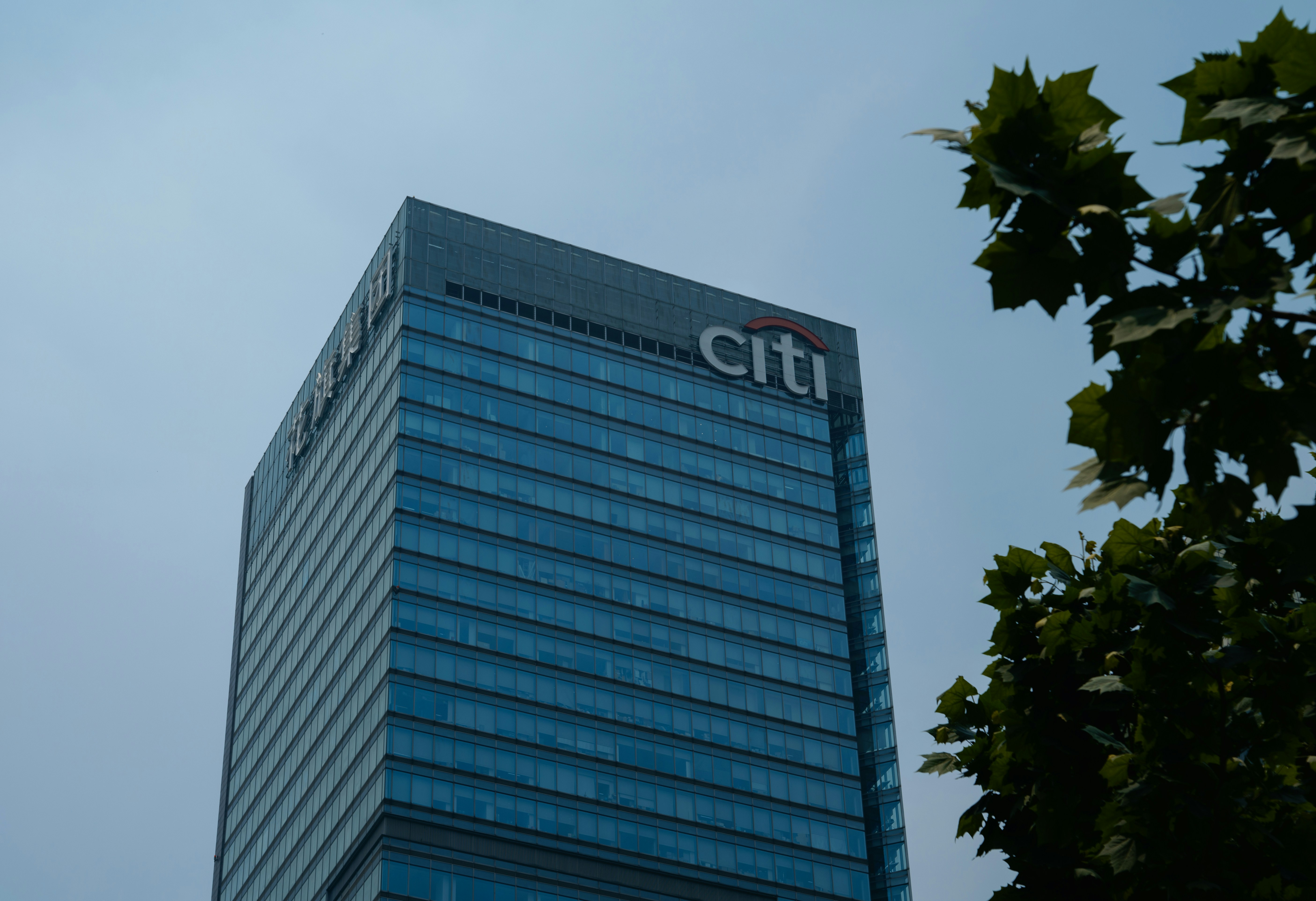Beating The Odds: How Citigroup And BofAs Earnings Exceed Forecasts Despite Economic Headwinds

Citigroup and Bank of America recently surprised investors with stronger-than-expected earnings, defying predictions of weaker performance amid inflation, high interest rates, and global economic uncertainty. As the U.S. economy faces rising prices, borrowing costs, and geopolitical challenges, these results stand out. The banks demonstrated resilience through strategic decisions, favorable market conditions, and effective cost management. This article explores the key factors behind their earnings success and the implications for the financial sector moving forward.
Breaking Down the Earnings Reports
Both Citigroup and Bank of America reported robust quarterly earnings, outperforming analyst forecasts:
Citigroup:
- Strong revenue growth, driven by both consumer and institutional banking.
- Net income increased significantly, reflecting solid demand for credit cards and personal loans.
- Core divisions, including corporate lending and retail banking, showed growth despite economic challenges.
Bank of America:
- A rise in net interest margins, supported by higher interest rates, contributed to revenue gains.
- Wealth management operations performed well, with increased client inflows.
- Retail banking benefited from continued consumer borrowing and spending.
Both banks exceeded expectations in key areas, providing a stark contrast to earlier concerns that inflation and tightening financial conditions would negatively impact performance.
Key Strategies That Drove the Strong Performance
Several strategic choices enabled Citigroup and Bank of America to perform well despite economic headwinds:
Capitalizing on Interest Rate Hikes:
With the Federal Reserve raising rates to combat inflation, both banks benefited from wider net interest margins. This allowed them to generate higher profits from loans, even as borrowing costs increased for consumers and businesses.Focus on Retail and Corporate Banking:
Consumer demand for credit cards and personal loans remained robust, contributing to retail banking growth. Corporate lending also held steady, as many businesses sought capital to manage supply chain disruptions and inflationary pressures.Effective Cost Management:
Both banks streamlined operations, reducing non-essential expenses and focusing on core areas. Investments in digital banking platforms and automation improved efficiency, lowering operating costs without compromising customer service.
Navigating Economic Headwinds
Despite inflation and global uncertainty, Citigroup and Bank of America successfully adapted to changing economic conditions:
Inflation and Consumer Behavior:
Inflation increased the cost of living, prompting more consumers to rely on credit cards, which boosted lending income. However, both banks balanced this growth by tightening lending standards to manage credit risks.Managing Credit Risks:
To mitigate potential defaults, both institutions carefully monitored household and corporate debt levels. Provisions were made for bad loans, ensuring stability without stifling loan growth.Global Risks and Market Volatility:
While exposure to international markets posed challenges, particularly from currency fluctuations and geopolitical tensions, the banks employed risk management strategies to minimize the impact on earnings.
The Competitive Landscape and Market Position
Compared to other U.S. banks, Citigroup and Bank of America distinguished themselves with their diversified operations and strategic adaptability. Their strong global reach and investment in technology gave them an edge over competitors like Wells Fargo, which focuses more heavily on domestic retail banking. In addition, Citigroup’s international footprint and Bank of America’s wealth management business positioned them well to capture growth opportunities across sectors.
Investor Reaction and Stock Performance
The earnings reports were well-received by investors, with both Citigroup and Bank of America seeing gains in their stock prices. Trading volumes increased as market participants grew more optimistic about the financial sector’s ability to weather economic uncertainties. Analysts revised their outlooks upward, suggesting that the banks’ strong performance could signal broader economic stability. Investor sentiment shifted, with hopes that the U.S. economy might achieve a “soft landing” without entering a severe recession.
Potential Risks and Future Challenges
While the recent results are encouraging, challenges remain on the horizon:
Rising Interest Rates:
Further rate hikes by the Federal Reserve could dampen loan demand, particularly among businesses sensitive to borrowing costs.Credit Risks:
Household and corporate debt levels will need to be closely monitored. A slowdown in economic growth could increase the likelihood of defaults, requiring banks to adjust their lending strategies.Global and Regulatory Risks:
Exposure to geopolitical risks, such as conflicts affecting energy prices, could disrupt market stability. In addition, potential regulatory changes in the U.S. and abroad may introduce new compliance costs or operational constraints.
Conclusion
Citigroup and Bank of America’s better-than-expected earnings demonstrate their resilience in a challenging economic environment. Through strategic decisions, careful risk management, and operational efficiency, both banks exceeded forecasts and reassured investors of their ability to navigate economic headwinds.
While the path forward remains uncertain, with inflation, interest rates, and global risks still in play, the banks' performance offers a positive signal for the financial sector and the broader economy. As investors monitor developments closely, Citigroup and Bank of America’s results serve as a reminder that with the right strategies, even turbulent economic conditions can be managed successfully. However, caution is warranted, as future risks could still impact performance in the months ahead.
Author: Brett Hurll
JPMorgan Deploys AI Chatbot To Revolutionize Research And Productivity
JPMorgan has deployed an AI-based research analyst chatbot to enhance productivity among its workforce, with approximate... Read more
Private Equity And Banks: The Complex Web Of Leverage
Private equity has emerged as a significant force in the global financial landscape, driving substantial growth and inve... Read more
Financial Watchdog Highlights Unresolved Vulnerabilities In Shadow Banking Sector
The world’s leading financial stability watchdog has issued a warning about the unresolved vulnerabilities within the ... Read more
JPMorgan And Small Caps Lead Market Rally: A Sign Of Economic Optimism
In a week marked by strong financial performance, JPMorgan Chase & Co. reported a 25% rise in profits, and US small-... Read more
Big Banks Vs. Regional Banks: The Battle For Market Share
The financial industry is a competitive landscape where big banks and regional banks vie for market share. Each type of ... Read more
The Evolution Of Philanthropic Advisory Services In Private Banks
The landscape of philanthropic advisory services provided by private banks has undergone a significant transformation. T... Read more

